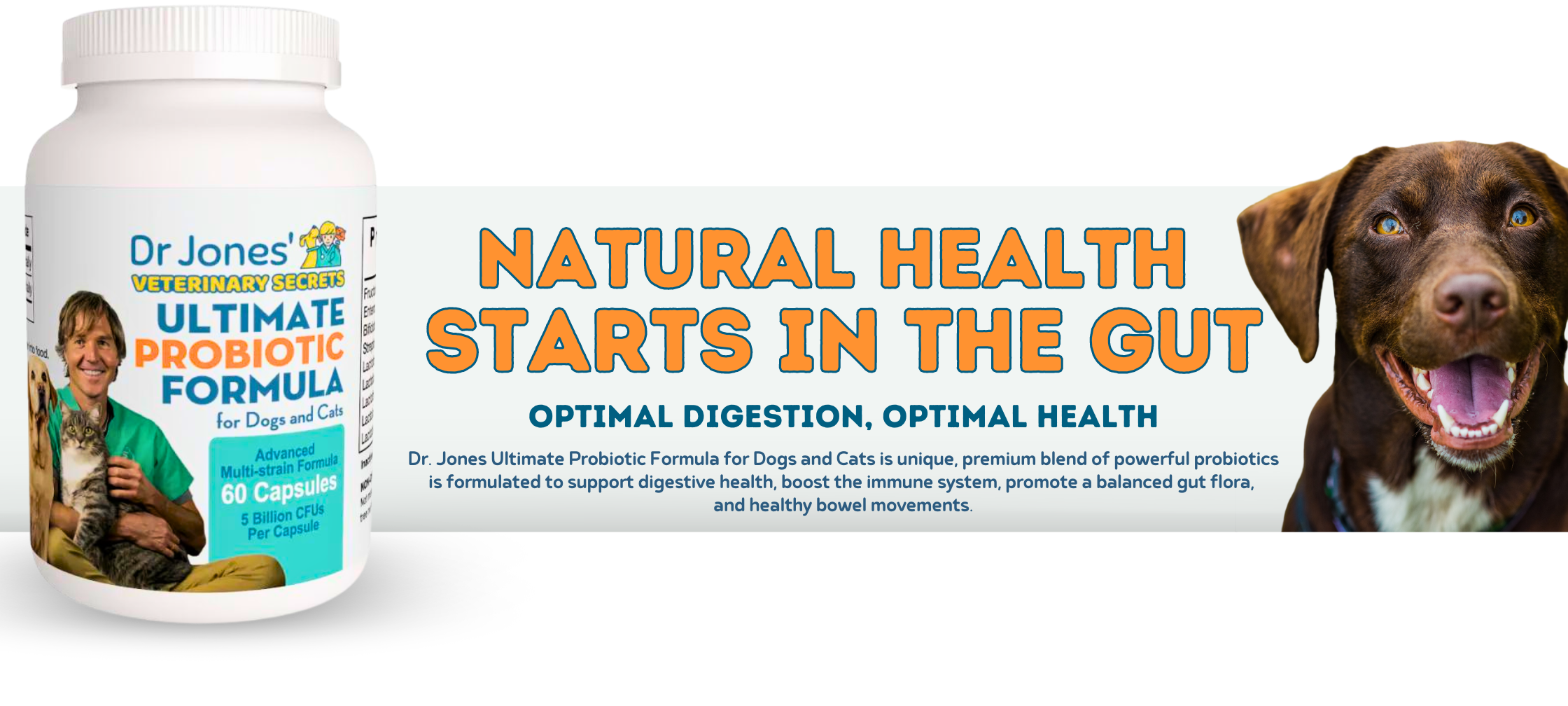Fat Dog or Fat Cat? 6 Supplements To Speed Weight Loss

Obesity in Pets: A Growing Concern
Obesity is rapidly becoming one of the most common veterinary issues affecting our beloved dogs and cats. Estimates vary, but one survey found that 53% of adult dogs and 55% of cats are classified as overweight or obese. That adds up to 88.4 million pets that are too heavy, according to veterinarians.


The Health Risks of Obesity in Pets
Overweight pets face numerous serious health risks. These include:
- Cancer (especially abdominal cancers)
- Diabetes
- Liver disease
- Arthritis
- Skin disorders
- Heart disease
- Feline Lower Urinary Tract Disease (FLUTD)
- Immune system suppression
- High blood pressure
Unfortunately, overweight pets also tend to have a shorter lifespan. So, how can you tell if your pet is overweight?
Body Condition Scoring: Is Your Pet at a Healthy Weight?
Here’s a quick body condition guide to determine if your dog or cat may be overweight:
Too Thin
- Extremely thin: Ribs, lumbar vertebrae, and pelvic bones are evident from a distance with no visible body fat and significant muscle loss.
- Very thin: Ribs, lumbar vertebrae, and pelvic bones are visible with no palpable fat and minimal muscle loss.
- Underweight: Ribs are easily palpable, visible with little or no fat, and a clear waistline.
Ideal
- Healthy: Ribs are easy to feel with minimal fat cover, noticeable waist from above, and a visible abdominal tuck.
- Perfect balance: Ribs are palpable with a natural covering of fat, and the waist is clearly defined with a tucked-up abdomen.
Too Heavy
- Slightly overweight: Ribs are palpable but covered with slight excess fat. Waist is present but less noticeable.
- Overweight: Ribs are difficult to feel due to heavy fat cover, and noticeable fat is found over the lumbar area and tail base.
- Obese: Ribs are barely or not palpable due to thick fat cover; there’s heavy fat over the back, and no waist or abdominal tuck is visible.
- Severely obese: Massive fat deposits around the thorax, spine, tail, neck, and limbs with an obvious abdominal distension.
Tips for Healthy Weight Loss
To help your pet lose weight, aim for a gradual weight loss of 1-2% of their body weight per week. Typically, a 15% weight reduction over 3-4 months is a realistic goal. Rapid weight loss can be harmful, leading to conditions like liver disease or, in cats, hepatic lipidosis.
I’ve seen the best results with high-protein diets—50% or more canned food is ideal. Cats tend to respond best to a fully canned diet. Cut out treats, especially high-carb ones, exercise your dog for at least 30 minutes twice a day, and only feed the measured amount of food appropriate for your pet’s weight.
Supplements for Weight Loss
Consider these safe supplements to aid in your pet’s weight loss journey:
- Carnitine: Shown to accelerate weight loss in cats. A dose of 250 mg daily supports fat utilization.
- DHEA (Dehydroepiandrosterone): Known for anti-obesity effects in rodents, it also supports weight loss and cholesterol reduction in dogs.
- Coenzyme Q10: Essential for cellular energy production. Safe for pets, it may also support heart and muscle health.
- Green Tea: A great source of antioxidants. You can use it as a substitute for water, and check for results in 30 days.
- Colostrum: Helps increase muscle mass, which boosts metabolism and promotes fat loss.
- Probiotics: Probiotics like Lactobacillus gasseri SBT2055 are linked to weight loss in humans and may benefit pets in a similar way.

Take Charge of Your Pet’s Health
Helping your pet reach and maintain a healthy weight is just one step to keeping them healthy for life. Knowing what to feed, which vaccines to consider or skip, and which natural remedies work best for common ailments are all essential.
P.S. If you found this article helpful, I encourage you to sign up for my newsletter! You’ll receive my free book and videos on how to heal your pets at home with natural remedies. Interested? Enter your name and email below and click “Sign Me Up” for updates.






